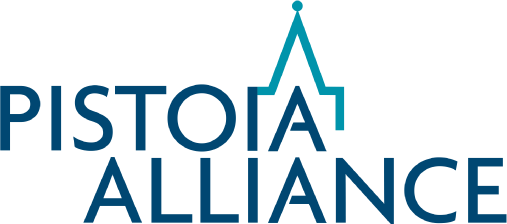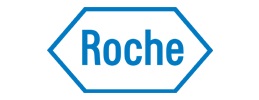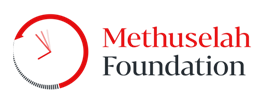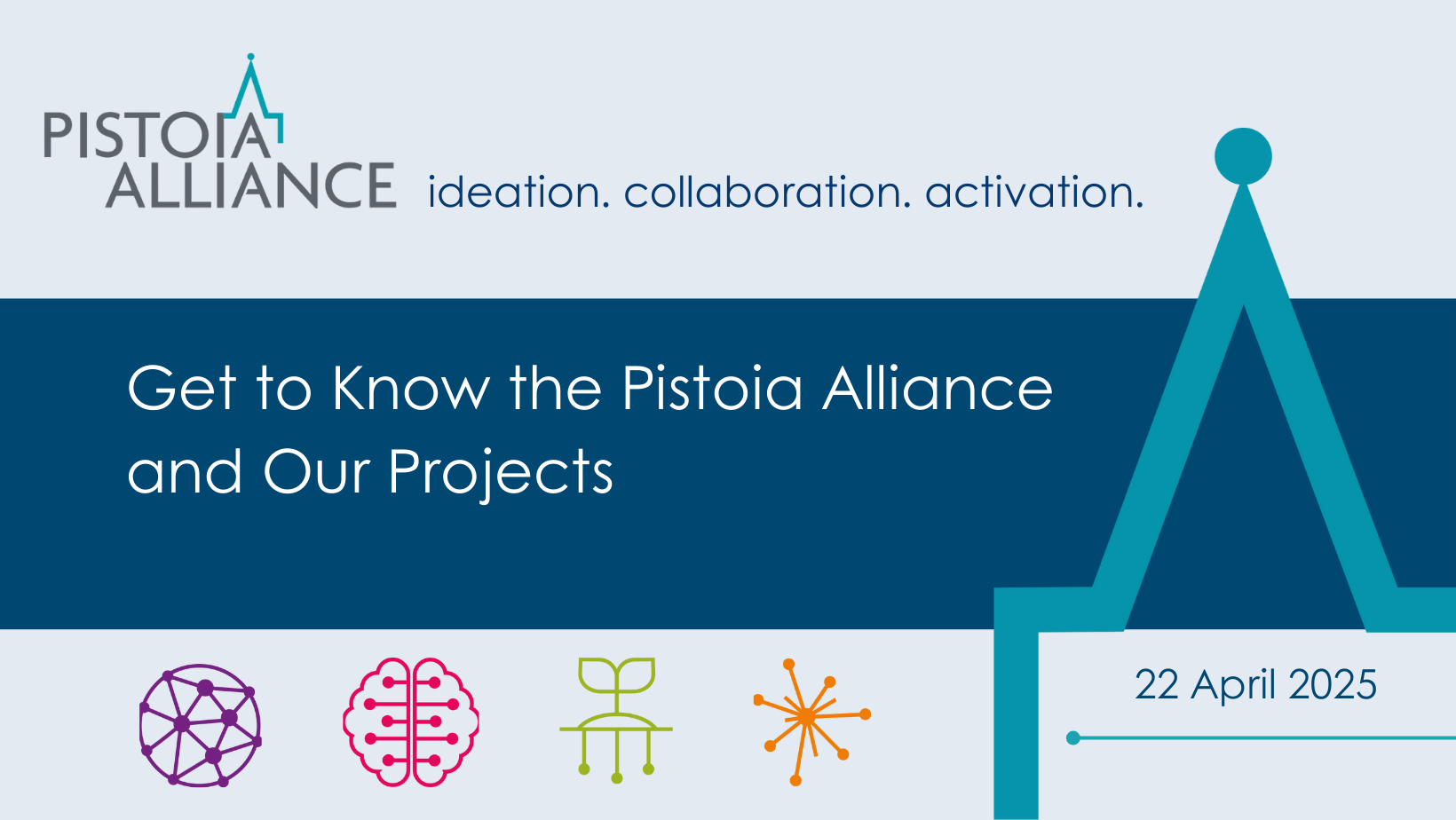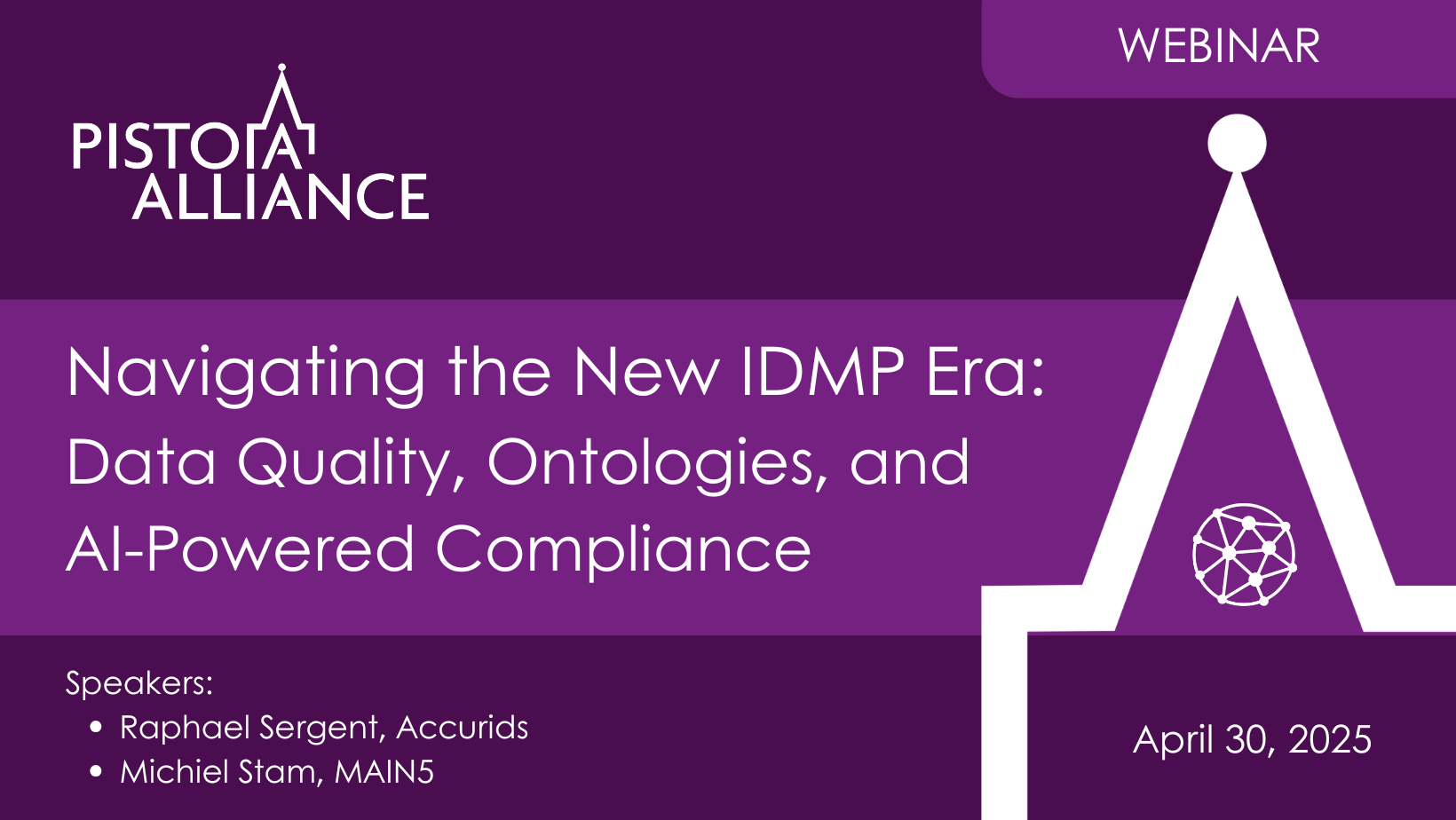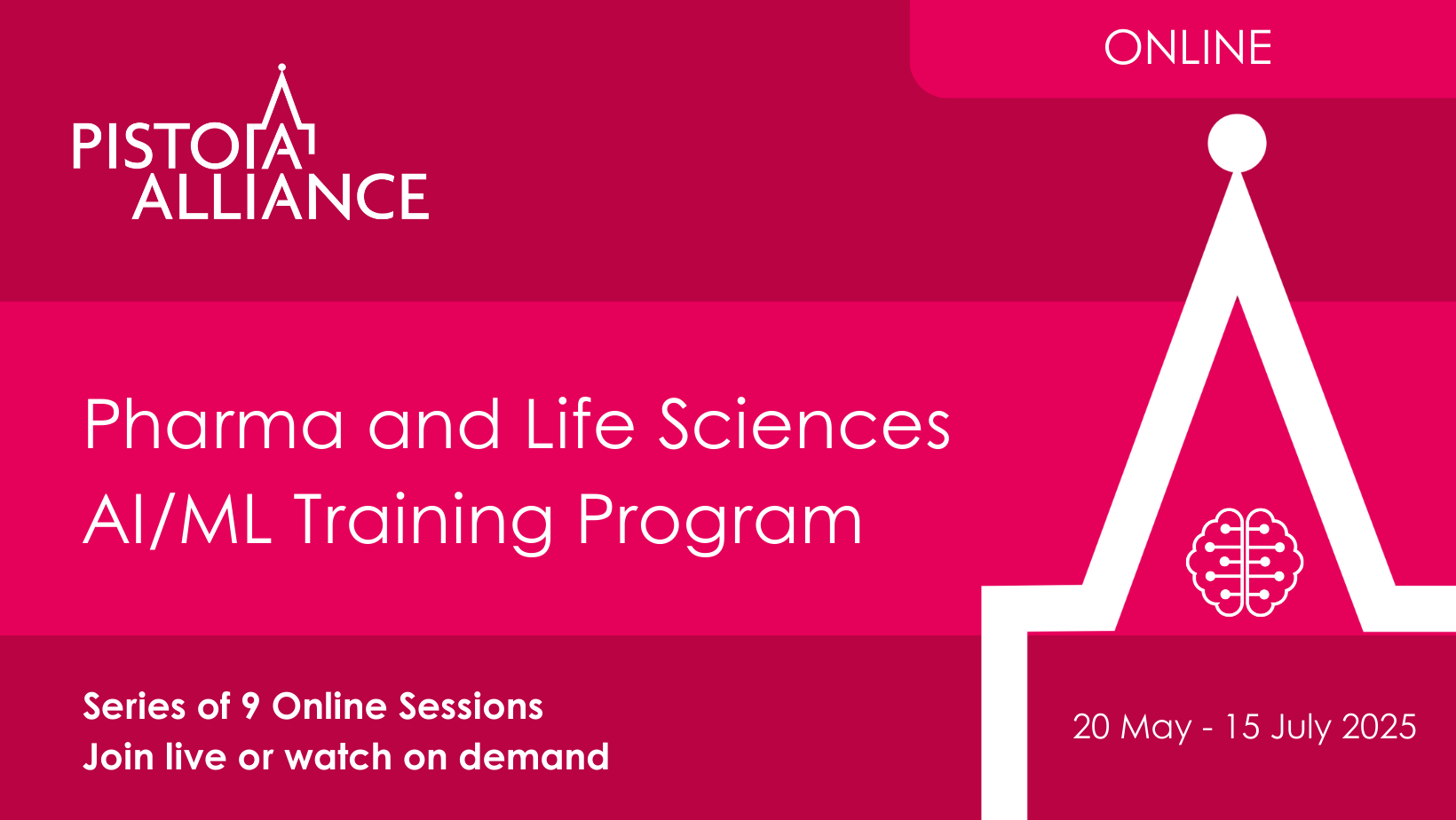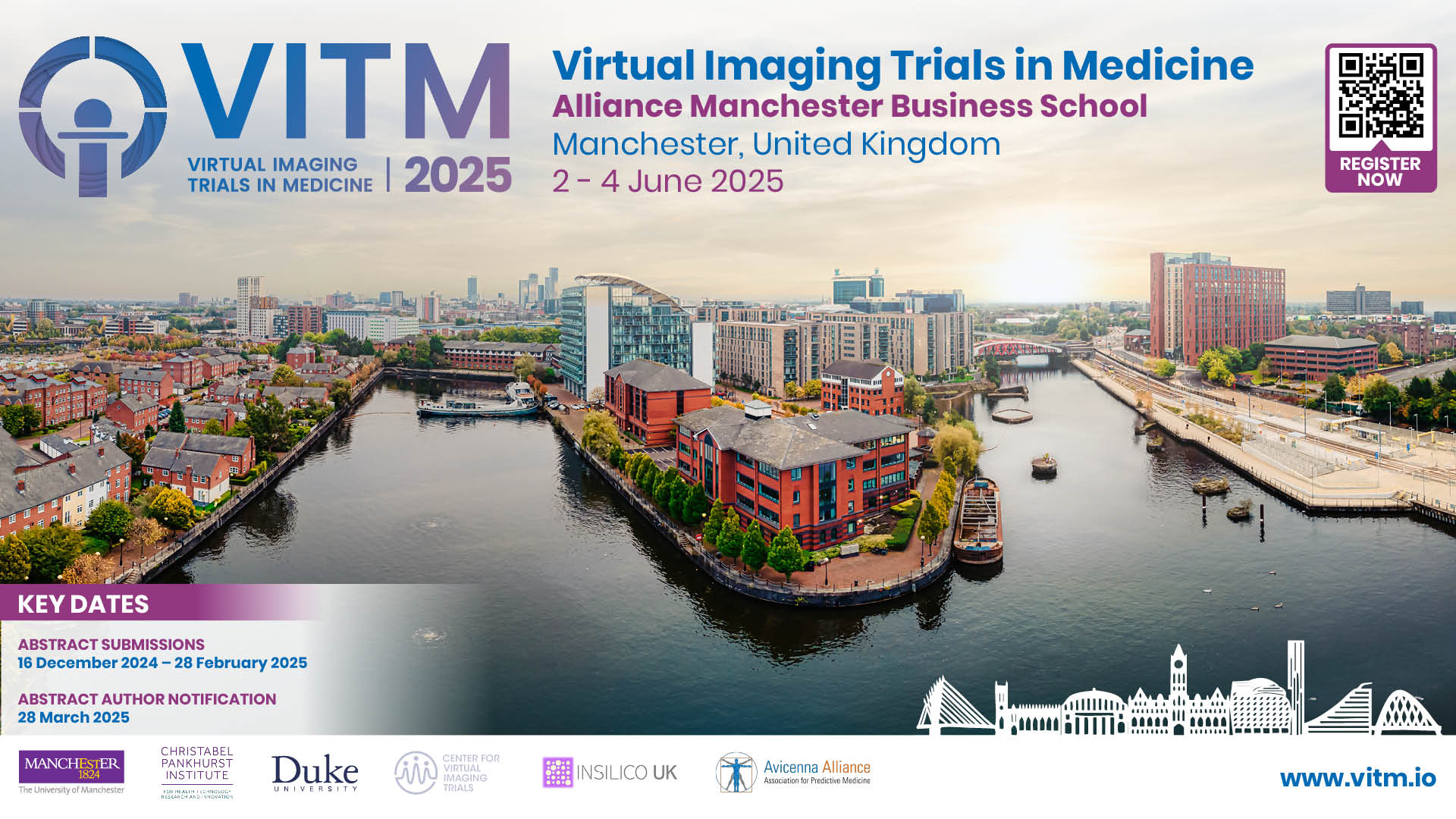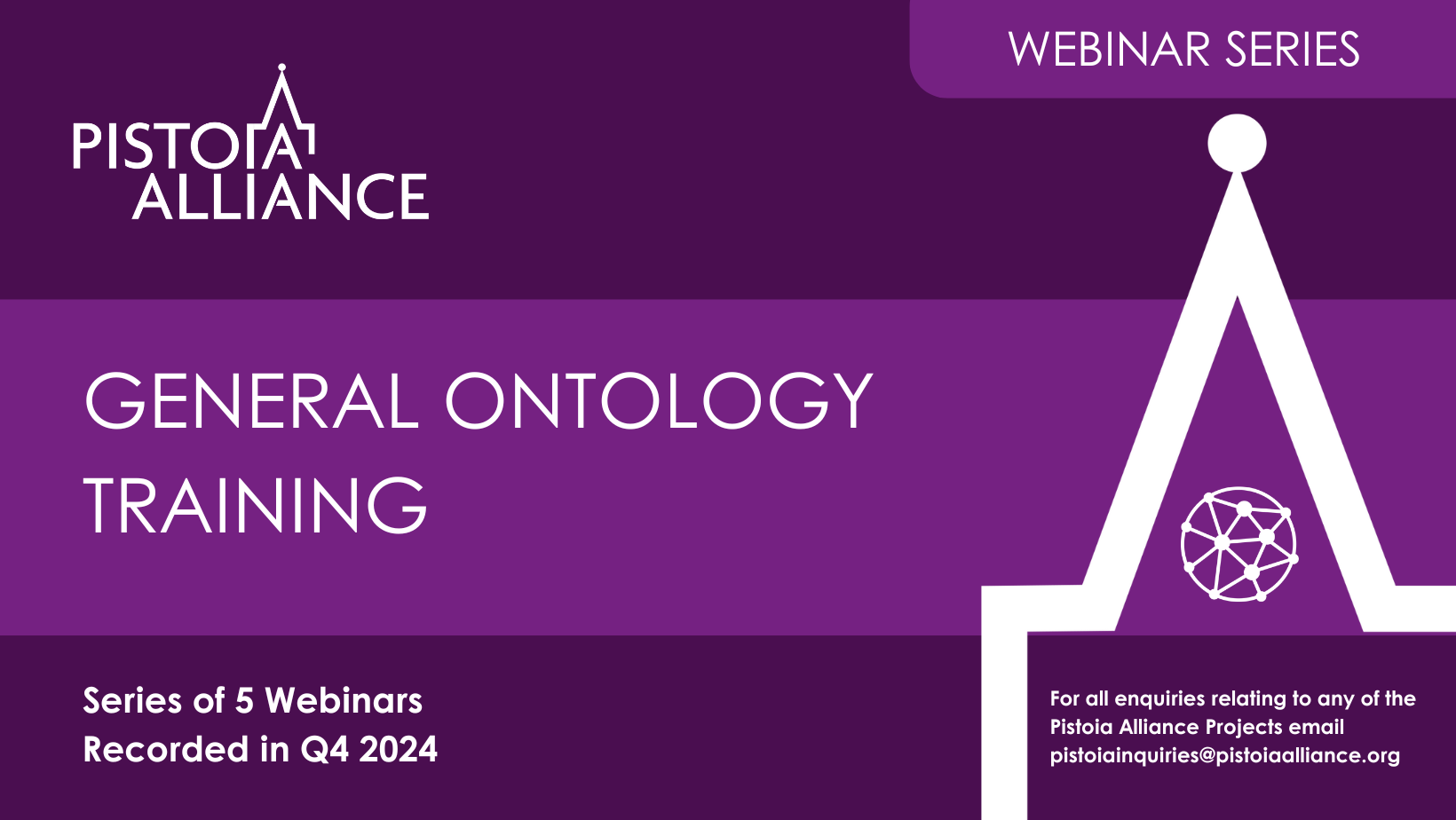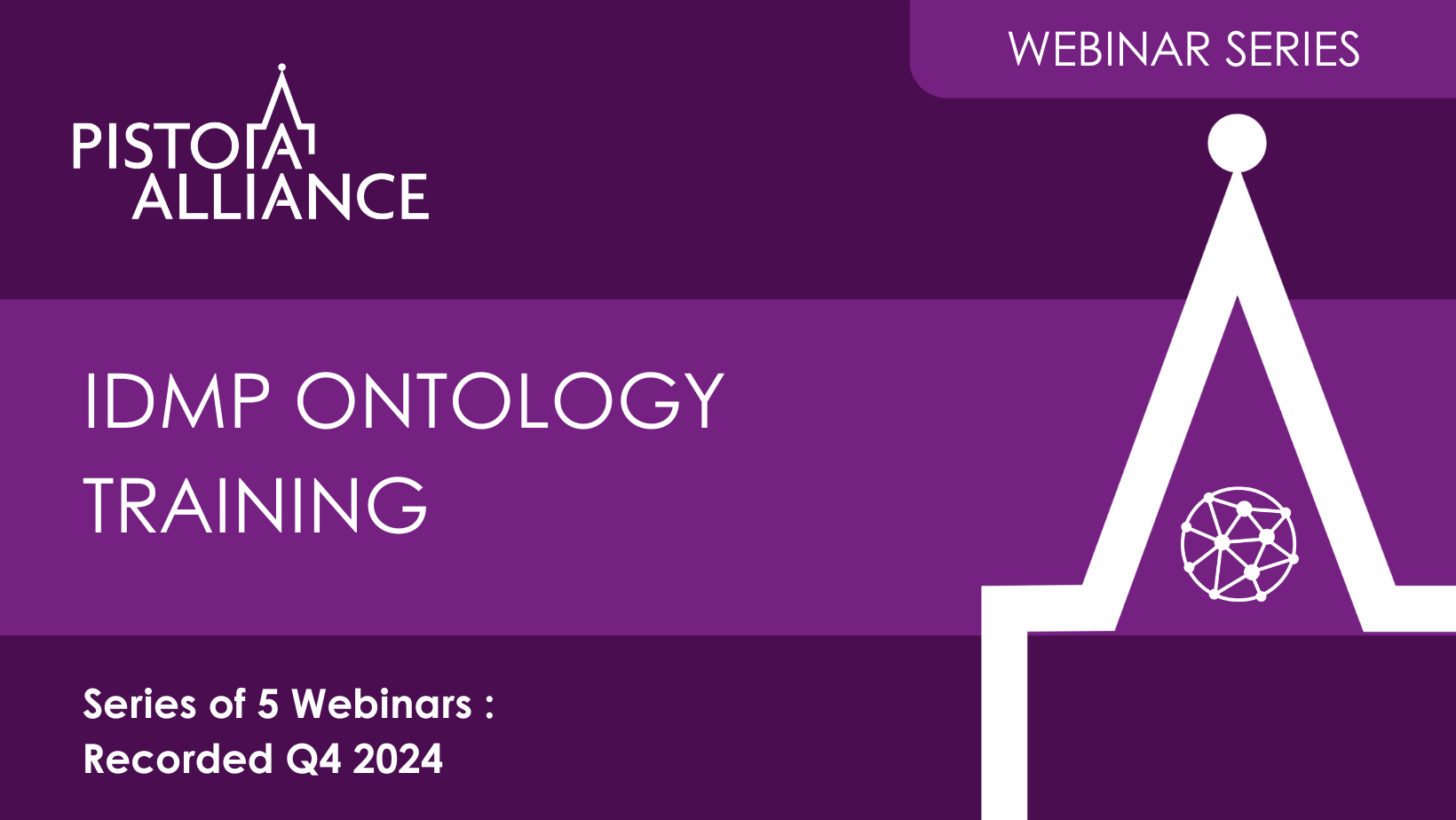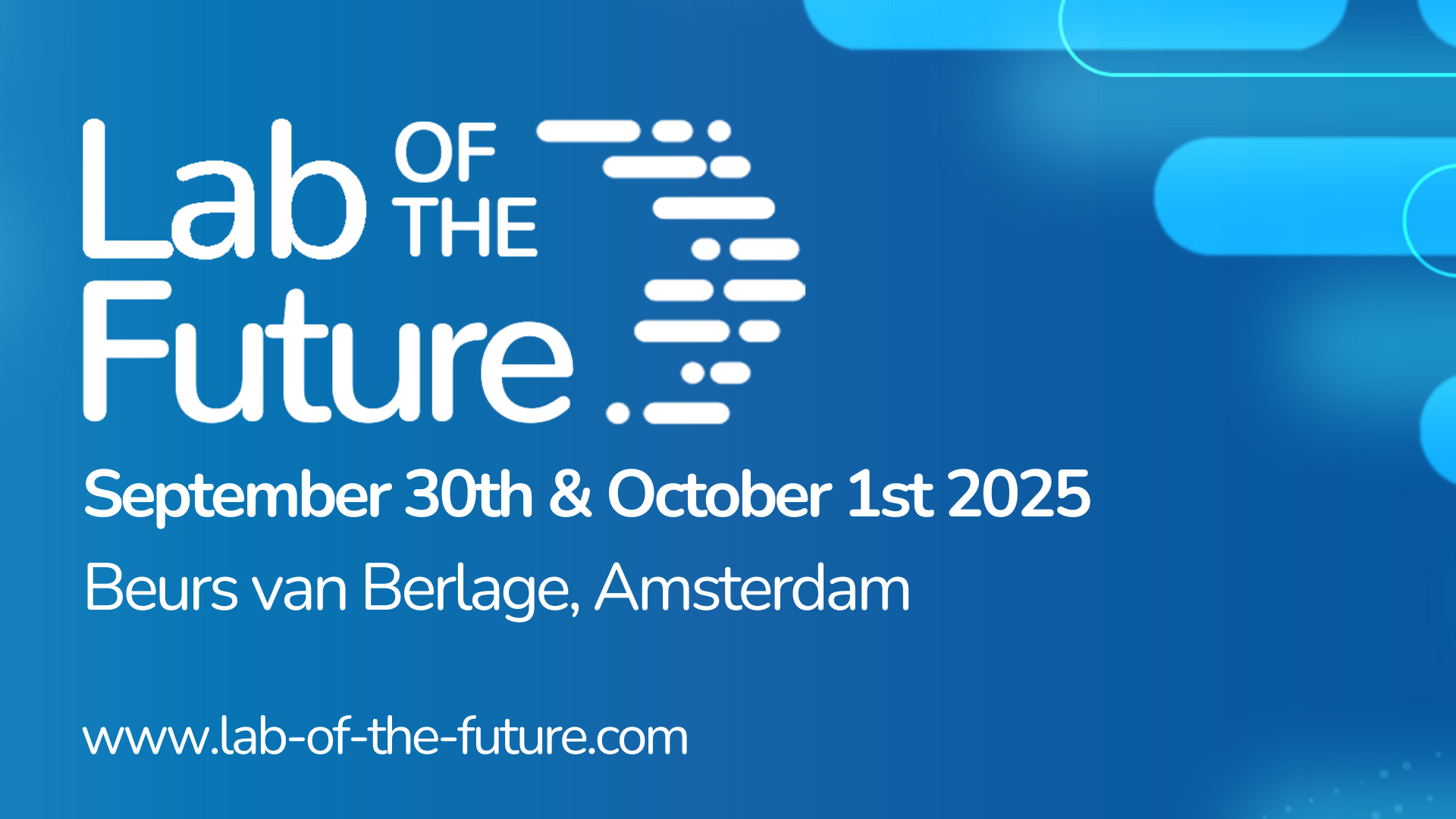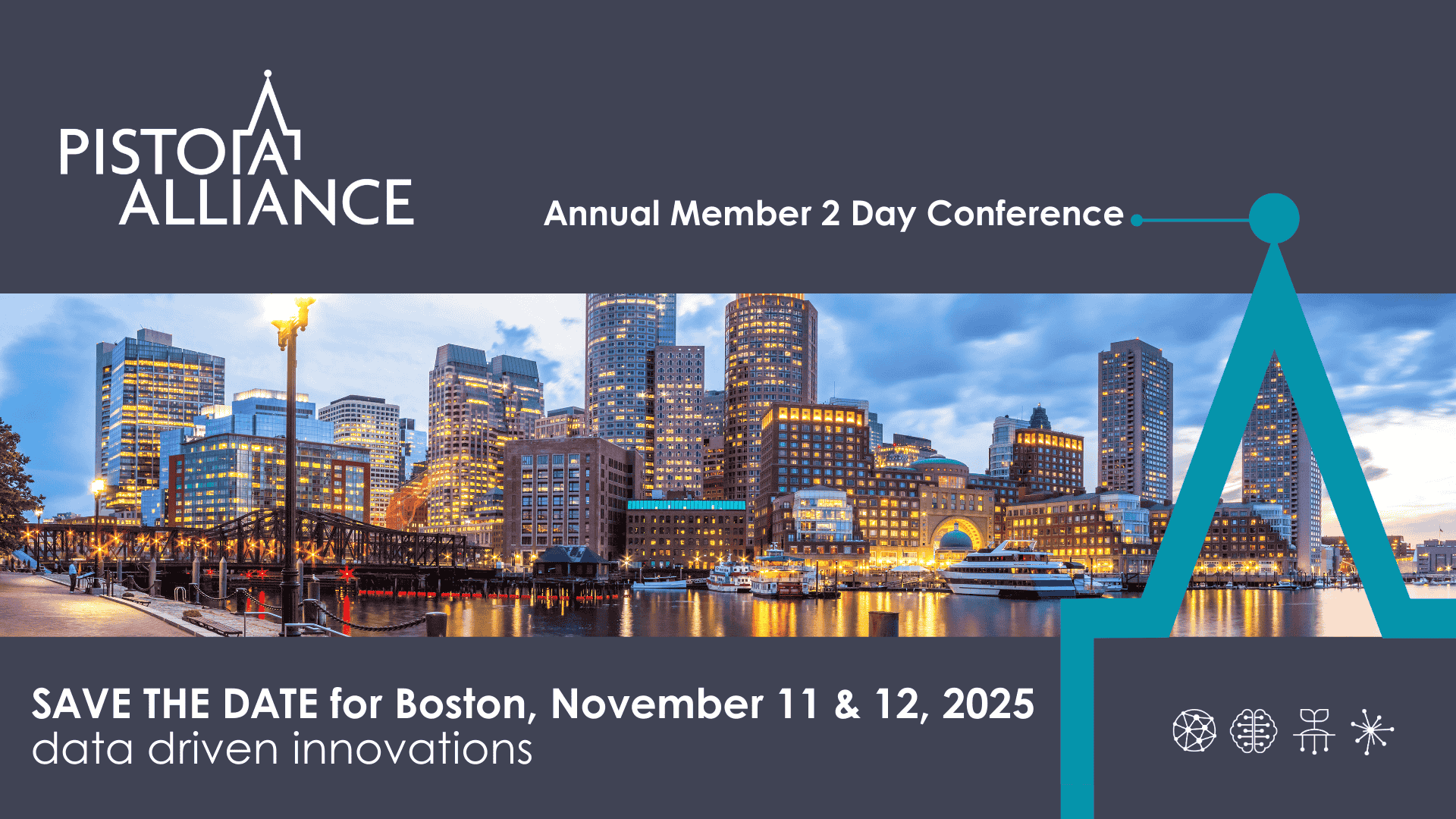Project Charter
The In Vitro Novel Alternative Methods (NAMs) is a cross-industry project, establishing a collaborative platform connecting biopharma companies, researchers, vendors, regulatory bodies, academics and non-profit organisations. This initiative aims to standardize the measurement of assay performance, ensure consistent reporting of assay results, and harmonize the provenance of assay metadata. All of which results in a sustainable approach to reducing, replacing and refining preclinical in vivo studies.
Why is this important?
In Vitro Novel Alternative Methods (NAMs) are cell-based assays and systems used in biomedical research to predict clinical outcomes and reduce, replace or refine the requirements for preclinical in vivo testing in drug discovery. Many organizations are validating these platforms but are facing numerous hurdles which include the lack of standardization in performance qualification, method ontology, validation standards, and data management but also poor annotation of assay metadata. The aim of this new project is to establish a collaborative platform connecting biopharma companies, researchers, vendors, regulators, academics and non-profit organisations. This platform will standardize the measurement of assay performance, ensure consistent reporting of assay results, and harmonize the provenance of assay metadata.
What will the project achieve?
Harmonized standards will be developed to assess assay performance, describe and annotate In Vitro NAM assay metadata, and develop best practices for management and analysis of data.
This would help promote understanding and adoption of In Vitro NAMs, leading to better drugs and safer products. Furthermore, such standards would help facilitate the integration of data sets for use in AI/ML applications.
Stakeholders benefiting from these standards would include:
- Program leaders wishing to incorporate human-relevant tests to replace or complement in vivo preclinical studies, as they would find it easier to find and evaluate these methods.
- Regulatory agency reviewers, who will better understand data from these methods when submitted in regulatory applications.
- CROs would benefit from an industry standard, as it would simplify data reporting to clients.
- Academic and industry assay developers, as this would give them clear guidance on expectations of assay users and regulators.
- Pharmaceutical companies would benefit from an industry standard, as it would reduce reformatting data.
To quantify the impact of this project, a survey of pharmaceutical researchers for their willingness to use or actual use of in vitro NAMs before and after the project deliverable can be developed. Longer term quantification can be measured by participating CROs as increased sales of NAMs services, or increased numbers of regulatory applications containing in vitro NAMs.
The resulting deliverables will include:
- Participation by pharmaceutical researchers interested in using in vitro NAMs in their programs.
- Participation by CROs who develop and/or run in vitro NAMs assays and interact with pharmaceutical researchers and understand their pain points.
- Participation by assay scientists (at CROs or pharma) with experience in diverse platforms as well as assay metrics.
- Participation by research data management and data standards experts who can provide input on systems and tools.
- Program leaders or participants who can lead the development of a peer-reviewed manuscript.
- Access to clinical data for reference pharmacology to translate in vitro application data to clinical indications.
- Participation by regulatory agency representatives to ensure model standards align with regulatory requirements and complement the IND-enabling portfolio
